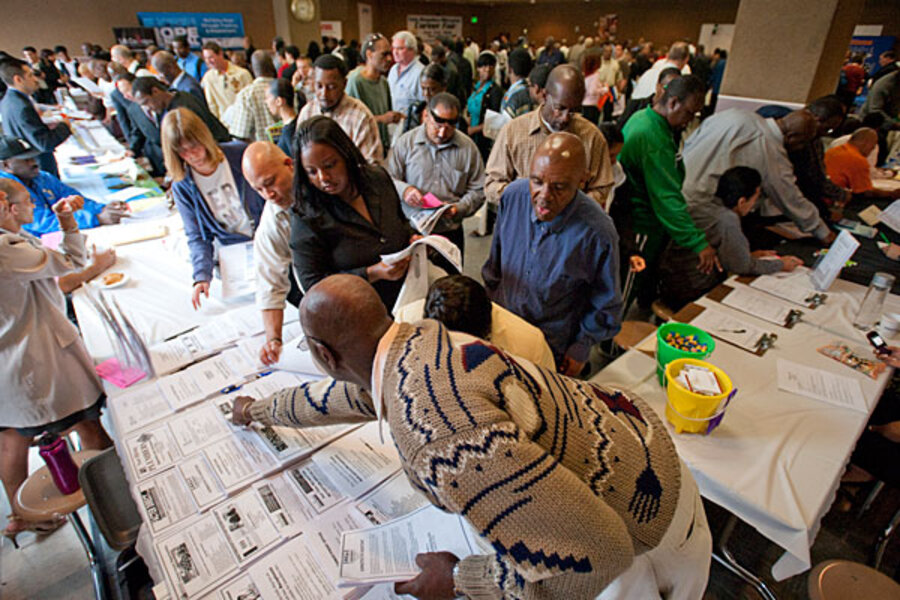The original extended benefits law had a requirement that the unemployment rate had to be 10 percent higher than it was for the same period for the prior two years, which included pre-recession times. Last year, because the unemployment rate had been high for so long, Congress changed it to the prior three years. The states then had to amend their own unemployment laws.
Today, because the unemployment rate has either fallen or remained stagnant for the year, many states will not be eligible for the extended program.
“To achieve the same effect, they would have to go back in and create a four-year look-back,” says George Wentworth of NELP. “So far, the current administration proposal to reauthorize federal funding of extended benefits does not do that.”
Mr. Wentworth says this means some states will start to phase out the program starting in April.





